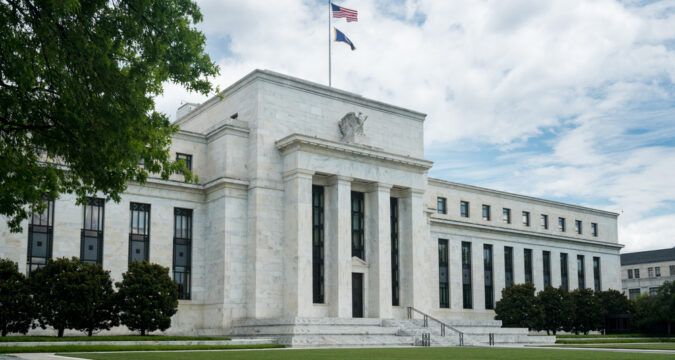
Meta description: The BTFP, an emergency funding support system by the Federal Reserve, can potentially inject up to $2 trillion into the US banking system,
JPMorgan Chase has stated that the BTFP, an emergency funding support system by the Federal Reserve, can inject up to $2 trillion into the US banking system. It offers aid to struggling banks and eases the liquidity crisis.
An Emergency Bailout For Struggling Banks
The prominent bank also reported that the major banks would not access the program. A strategist team in London headed by Nikolaos Panigirtzoglou wrote in a client’s note that the Fed’s BTFP is anticipated to be extensively utilized.
At the same time, the biggest banks are less likely to benefit from the program. They revealed that the maximum utilization envisioned for the facility is nearly $2 trillion, equivalent to the value of the bond held by USA banks excluding the top five.
Earlier, an emergency bailout was launched by the Joe Biden administration for the struggling banks in the USA to prevent the spread of the consequences of the rapid crash of Signature Bank and SVB. BTFP is a new program created by US Fed to offer emergency loans to banking companies and other financial institutions, ensuring that they can “satisfy the needs of all their consumers.”
Preventing A Repeat Occurrence
The new facility aims to prevent a sudden sale of a bank’s sovereign debt from getting funding. According to JP Morgan, the biggest banks hold the largest portion of the $3 trillion reserve amongst all USA banks.
However, the tight liquidity which resulted from last year’s Federal Reserve interest rate hikes caused a shift from bank deposits to money-market finance. According to JP Morgan’s strategists, the funding program is expected to inject sufficient reserves into banks.
Thus, it eases the scarcity of reserves and reverses the restrictions occurring in the past year. According to a statement released by the US central bank this week, the Federal Reserve will disclose information about program usage on a collective level every week in conjunction with the balance sheet data.
Following the collapse of two banks within a week, the Fed has drawn significant attention regarding the possibility of a further interest rate hike. Jerome Powell — the Fed Chair, and other regulators face challenges on what to do in these turbulent situations.


